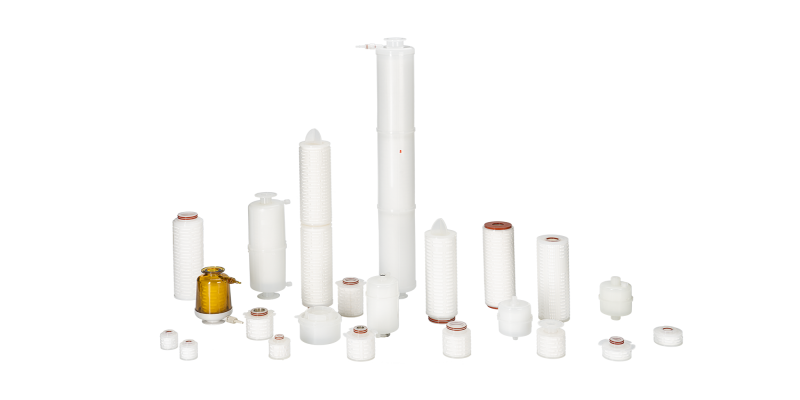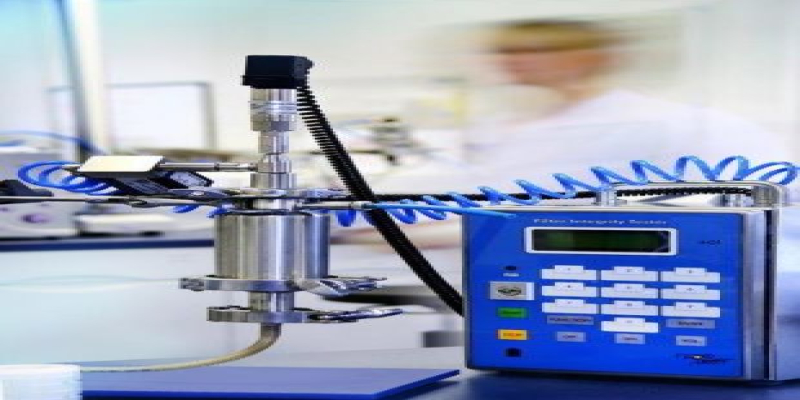Blog
Filtration of Raw Ingredients, APIs and Excipients
Learn how effective filtration of raw ingredients, APIs, and excipients enhances pharmaceutical production. Read more about this in our blog. ...
Read More »
New round seperator - HX
The new HX Series is devolopped using the latest technology, making it one of the best machines avaialble today. During the design phase, the unit was extensively evaluated for performance and structural integrity before the first piece of the unit was ever fabricated. ...
Read More »
Comparison Chart PALL FSI® filter bags
We are proud to be saying that in 95% of the cases the customer can use our filters without any difficulty, which often results in significant cost savings
Pall FSI Has recently announced to quit the production of their filter bags and filters cartridges. ...
Read More »



